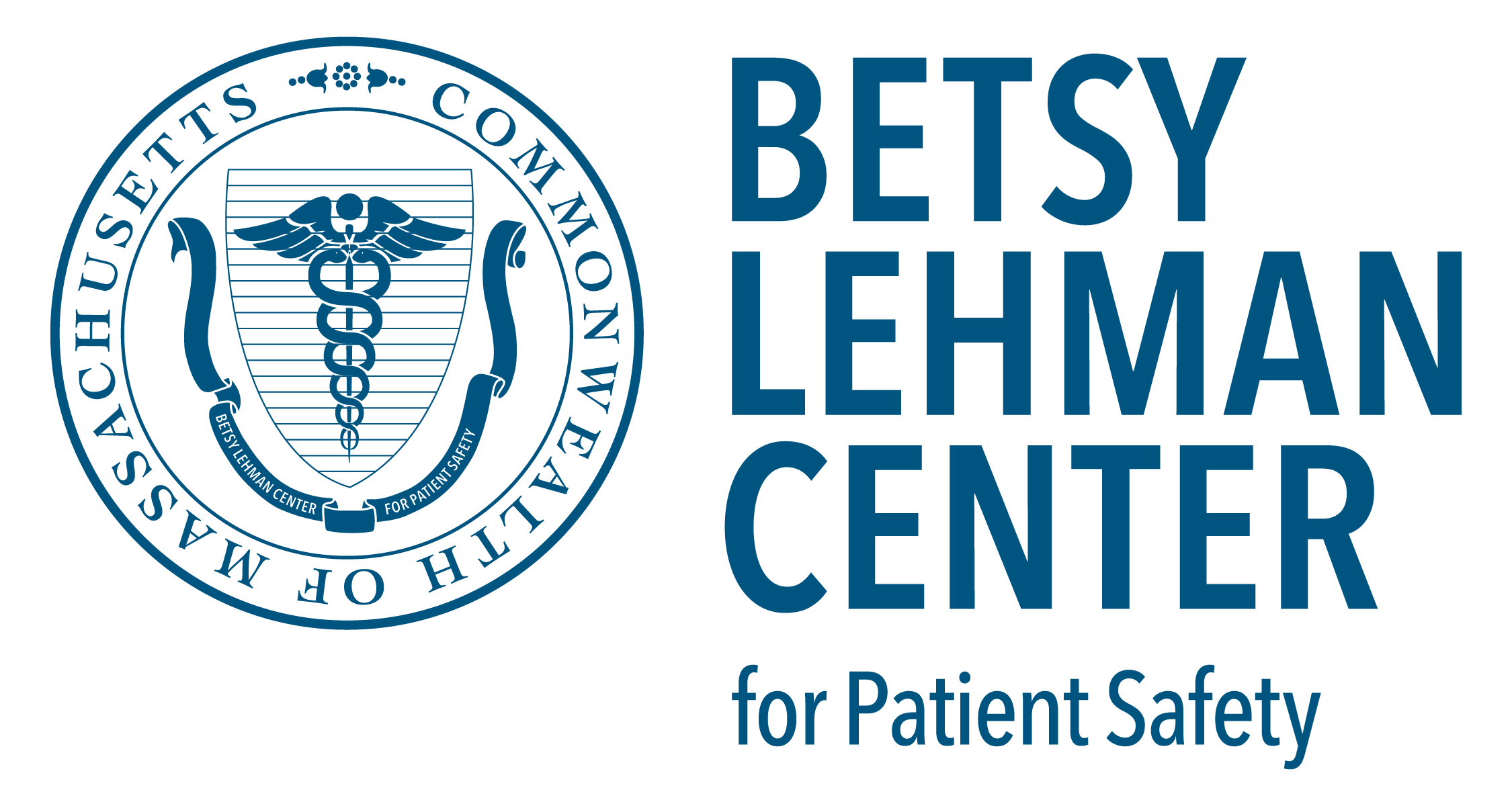Newsletter
I’ll Take Some Cranberries and a Helping of Family History, Please
Oct 28, 2021
For many of your patients, Thanksgiving 2021 will be their first chance in ages to really catch up on the details of their extended families’ lives. Since Thanksgiving is also National Family History Day, we should also encourage them to capture information that may be vital to their own lives: a relative’s recent medical diagnosis.
For physicians, of course, eliciting a thorough, accurate, and updated family history is an essential part of a patient’s medical narrative and a critical tool for care related to diabetes, heart disease, many cancers, and numerous other health risks. Unfortunately, a significant number of adverse outcomes (and medical malpractice cases) reflect an incomplete history as a component of substandard care.
An analysis of CRICO’s national medical professional liability (MPL) database, indicates that for ambulatory care-based cases closed from 2010-2019, six percent involved an inadequate history and physical exam as a contributing factor (many involve additional factors). For inadequate history and physical cases that closed with an indemnity payment, the average payment was $497,000.
Of course, health care providers cannot obtain and update an informative family history unless the patient understands its clinical value and follows a suitable process. Guidance on what diseases to inquire about, which family members to include, what dates are relevant, etc., helps patients capture beneficial data and filter out extraneous information. Reminding them to share their histories with siblings and offspring serves an even broader population. The Centers for Disease Control and Prevention and other organizations provide a variety of forms and instructions for how best to request and record a history that we can share with our physicians.
But once is not always enough. One of the most common issues seen in malpractice cases is a provider’s failure to update a patient’s history (e.g., to learn that a patient’s 38-year-old sister had recently been diagnosed with ovarian cancer). Because such information is often crucial to risk assessment and stratification—foretelling the what, when, and how often for many health screenings—clinicians cannot rely solely on what was entered when that individual first became his or her patient. Clinicians who update a patient’s family history whenever practical, and reference it whenever it might impact a clinical decision, are less likely to encounter allegations of diagnostic errors that may otherwise have been avoided.
And please pass the cranberries.
Additional Materials
- Best Medical Practices Course
- Assessing Patient Health Risks with Limited or Unknown Family History
- Missed MI Despite Family History
- Multiple Missed Steps Delay Breast Cancer Diagnosis
- Colorectal Screening for Patients without Symptoms
- MPL Research Presentations
Latest News from CRICO
How Does Work Environment Relate to Diagnostic Quality? A Prospective, Mixed Methods Study in Primary Care

Ambulatory Safety Nets: Protecting Providers and Promoting Safety with Systems to Reduce Delayed Cancer Diagnoses
Developing a Framework and Electronic Tool for Communicating Diagnostic Uncertainty in Primary Care: A Qualitative Study

